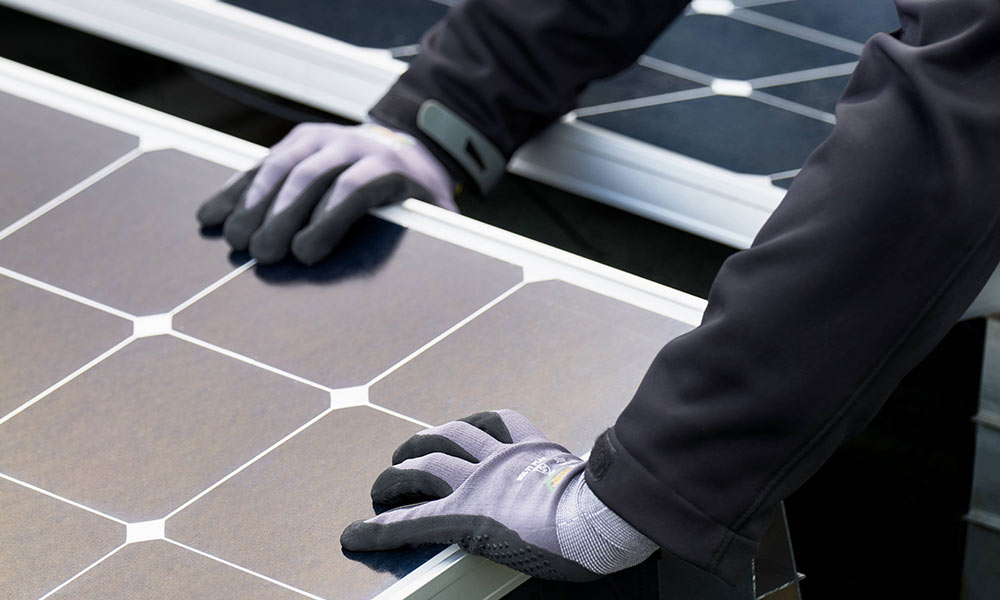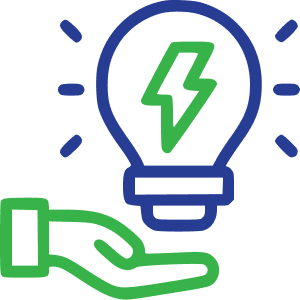Trusted by
Seamless Process For Adding Solar Panels To Existing System
Enhance your solar system’s energy efficiency by seamlessly integrating new solar panels.
At Sustainable Savings, our expert team specialises in custom solar solutions tailored to your unique needs. With South Australia’s abundant sunshine, adding solar panels to existing system not only reduces your carbon footprint but also slashes your electricity bills.
Our process begins with a thorough assessment of your current energy setup, ensuring a seamless integration that maximises solar output. Our high-quality panels, along with advanced technology, guarantee optimal energy conversion. From design to installation, we handle the entire process, minimising disruptions.
Join the sustainable revolution today. Elevate your property’s value while enjoying clean, renewable energy. Contact us for a consultation on (08) 7120 6366 and take the first step toward an eco-friendly and cost-efficient future.
What Solar Panel Additions Are Available?
Considering adding solar panels to existing system? It’s easy to feel overwhelmed at the choice available. With several options to choose from, we’ve rounded up the leading options to enhance your energy generation and efficiency:
- On-roof Panels: These are the traditional panels mounted on your roof. They’re versatile and suitable for most homes, maximising sun exposure and minimising shading.
- In-roof Panels: Integrated into your roof’s design, these panels provide a sleeker aesthetic while maintaining efficiency. They blend seamlessly with your roofline.
- Solar Tiles: If you’re looking for a stylish integration, solar tiles replace conventional roof tiles. They offer a discreet appearance while generating power.
- Solar Battery Storage: Combine your panels with battery storage systems to store excess energy for use during cloudy periods or at night, reducing reliance on the grid.
- Microinverters or Power Optimisers: These technologies optimise energy generation from each panel, ensuring shade on one panel doesn’t affect the entire system’s output.
- Smart Energy Management: Incorporate smart energy management systems to monitor and control your energy consumption, maximising your solar investment.
- Upgrading Panel Efficiency: If your existing panels are outdated, consider upgrading to higher-efficiency panels for better output in the same space.
When selecting the best option, factors like your roof’s orientation, available space, budget, and energy needs play a crucial role. If you’re unsure, chat with a member of the Sustinable Savings team on (08) 7120 6366 today.
What Factors Affect The Cost Of Adding Solar Panels To Existing System?
The cost of adding solar panels to existing system in South Australia can vary widely based on several factors. These include:
Number of Panels: The more panels you add, the higher the cost. This depends on your energy needs and available roof space.
Panel Type and Efficiency: Higher-efficiency panels often come at a higher upfront cost but can generate more power in less space, potentially offsetting the expense.
Installation Complexity: If your roof requires additional work to accommodate the panels, such as reinforcement or modifications, it can impact the cost.
Inverter Upgrades: Depending on the new panels’ specifications, you might need to upgrade or add inverters to your existing system.
Battery Storage: If you’re adding battery storage, this will add to the overall cost but can provide energy independence during peak demand periods.
Labour and Installation: Installation costs can vary based on the complexity of the job and local labour rates.
Government Incentives: Incentives, rebates, and feed-in tariffs offered by the Government can significantly reduce the cost.
Supplier and Brand: Different suppliers and brands offer various pricing levels. It’s essential to balance quality and cost.
For an accurate estimate, get in touch with our experienced team today.

What Are The Benefits Of Adding Solar Panels To Existing System?
Adding solar panels to existing system can offer a range of benefits that contribute to both financial savings and environmental sustainability:
Increased Energy Independence: By generating your electricity, you reduce reliance on the grid and potential energy price fluctuations.
Reduced Electricity Bills: Panels produce free, renewable energy from the sun, leading to significant reductions in your electricity bills.
Lower Carbon Footprint: Solar energy is clean and green, producing minimal carbon emissions compared to fossil fuels, helping combat climate change.
Enhanced Property Value: Panels can increase the value of your property, attracting eco-conscious buyers who appreciate reduced operating costs.
Government Incentives: Incentives, rebates, and feed-in tariffs for solar energy generation can help further reduce your costs and increase your ROI.
Minimal Maintenance: Panels require minimal maintenance, typically just occasional cleaning and inspections, making them a hassle-free addition to your home.
Long-Term Savings: While there’s an initial investment, panels can lead to substantial long-term savings as your energy bills decrease over the system’s lifespan.
Energy Security: Solar panels can provide energy during power outages, particularly when combined with battery storage systems.
Supporting Renewable Energy: By utilising solar energy, you actively contribute to the transition toward cleaner and more sustainable energy sources.
Technological Advancements: Adding newer panels to an existing system can leverage improved technology, potentially increasing energy efficiency.
Positive Environmental Impact: Solar energy reduces the demand for non-renewable resources, which contributes to preserving ecosystems and biodiversity.
Community Leadership: By adopting solar technology, you set an example for your community, encouraging others to consider renewable energy solutions.
What Is The Process For Adding New Solar Panels?
The installation process for adding solar panels to an existing system involves several steps to ensure seamless integration and optimal energy production:
Step One: Initial Consultation – Contact a solar installation company to schedule an initial consultation. A technician will assess your existing system, roof condition, and energy needs, and discuss your goals.
Step Two: System Design – Based on the assessment, the installer will design a solar panel layout that maximises energy generation. They will consider factors like panel orientation, tilt, and shading.
Step Three: Component Selection – Choose the type and specifications of the new panels. They should match or complement the existing system’s components for optimal performance.
Step Four: Permits and Approvals – The installer will handle any necessary permits and approvals required by local authorities and your utility company.
Step Five: Installation Day Preparation – On the installation day, the team will arrive with the necessary equipment, panels, and tools. They’ll ensure a safe work environment.
Step Six: Roof Preparation – If required, the roof may need preparations like cleaning, reinforcement, or adjustments to accommodate the new panels.
Step Seven: Mounting and Wiring – The new panels are mounted on the roof using the appropriate racks. Wiring is connected between the panels and the existing inverter or an additional one, ensuring the system’s electrical integrity.
Step Eight: Inverter Upgrade/Addition – Depending on the new panels’ specifications, an inverter upgrade or addition might be necessary to handle the increased capacity.
Step Nine: Electrical Connections – Wiring is connected from the solar panels and inverter to your home’s electrical system, allowing the generated energy to flow into your home.
Step Ten: Testing and Commissioning – The installer will conduct thorough tests to ensure all panels, inverters, and connections are functioning correctly. They’ll also ensure compliance with safety standards.
Step Eleven: System Integration – The new panels are integrated with your existing monitoring systems, if applicable, allowing you to track energy production and usage.
Step Twelve: Documentation – The installer provides you with documentation including warranties, system specifications, and information about how to monitor and maintain your expanded solar system.
Step Thirteen: Final Inspection – If required, a final inspection might be conducted by local authorities or utility companies to verify the system’s compliance and safety.
Step Fourteen: Handover – The installer will explain how to operate and maintain the system, and answer any questions you might have.
Is It Difficult To Add Solar Panels To My System?
This difficulty of integrating new solar panels with your current setup depends on factors like available roof space, the capacity of your existing inverter, and your energy requirements.
An initial consultation is crucial to assess your system’s compatibility with the new panels. Our technicians will evaluate your current setup, design a layout for the additional panels, and determine if any upgrades or adjustments are needed.











